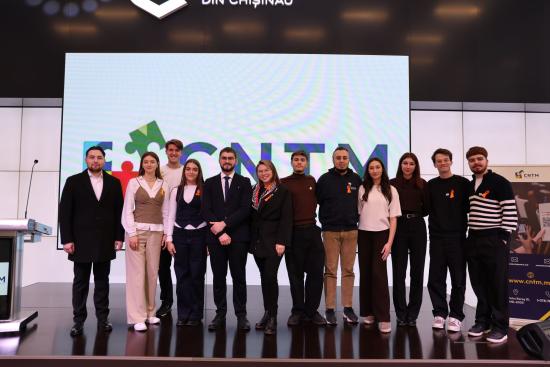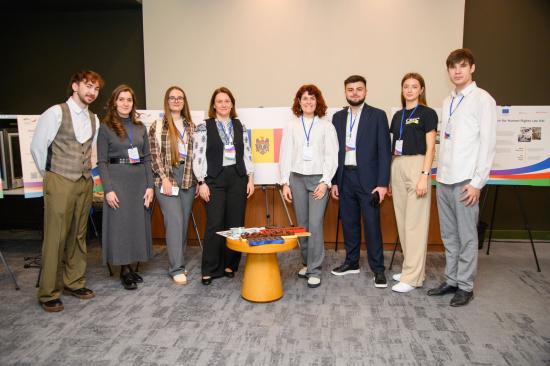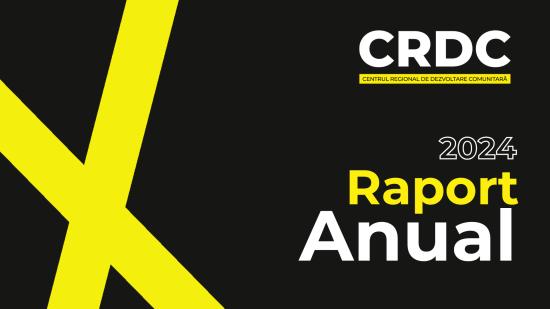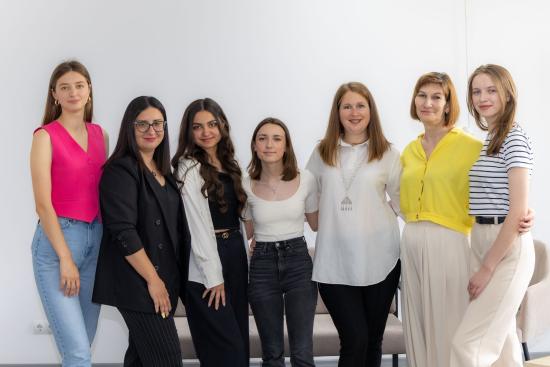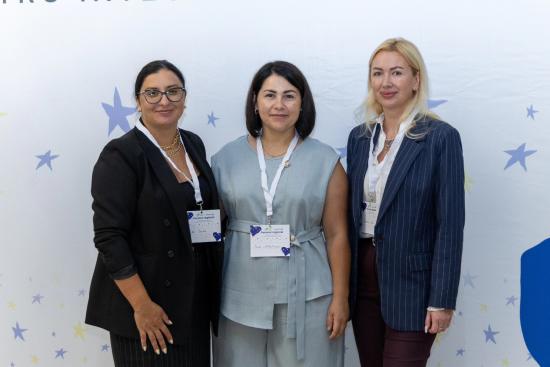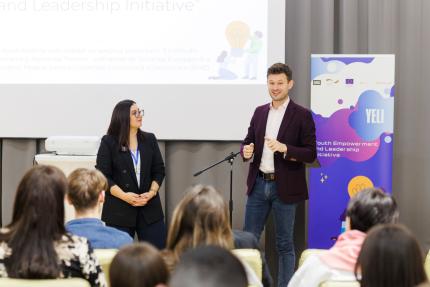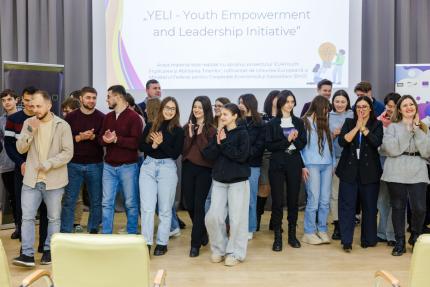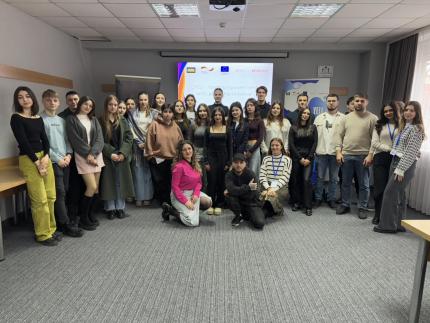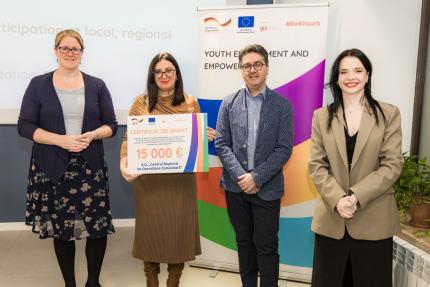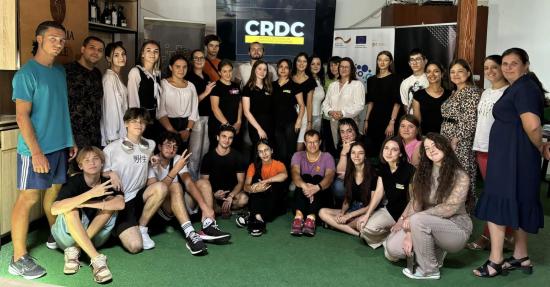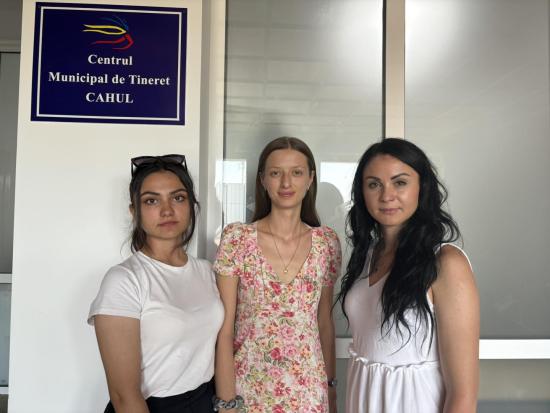Description
The project “Promoting Youth Services and Non-Formal Education in the Cahul Region” brings community opportunities closer to young people. Through interviews, online campaigns, the “Active Youth Guide” and a dedicated conference, we succeeded in making visible the organizations that support youth to learn, grow, and make their voices heard.
Objectives
Informing young people in Cahul municipality about youth services through local mass media.
Promoting youth services and non-formal education in educational institutions.
Methodology
The project was implemented in stages, based on identifying, promoting, and facilitating dialogue between youth sector actors. We combined local research with practical information tools and visibility events.
1
Documentation and interviews
5 interviews were conducted with youth service providers in Cahul municipality, aiming to increase their visibility by clearly presenting the services they offer and how young people can benefit from them.
2
Evaluation through questionnaires
5 questionnaires were completed, allowing analysis of strengths and needs of youth organizations. The data collected was used both for the “Active Youth Guide” and during the Youth Workers’ Conference.
3
Online promotion campaign
A social media campaign was carried out, reaching over 23,000 people.
4
Elaboration and distribution of the “Active Youth Guide”
A guide with practical information and contacts of youth organizations was developed, printed, and distributed to educational institutions in the Cahul region.
5
Youth Workers’ Conference
A regional event that gathered over 50 youth workers and young people, where survey results were presented and joint solutions for sector development were discussed.
What we offer
Visibility for youth organizations and services in the region.
A practical tool – the “Active Youth Guide”.
Youth Workers’ Conference.
A space for dialogue and collaboration.
Areas of involvement
1
Public promotion
Through online campaigns and interviews.
2
Educational resources
Through the elaboration and distribution of the guide.
3
Dialogue and collaboration
Through the Youth Workers’ Conference.
4
Community participation
Through the involvement of youth and educational institutions.
Beneficiaries
Young people from the Cahul region.
Youth workers and specialized organizations.
Educational institutions in the region.
The local community as a whole, through more visible and accessible youth services.
Expected results
5 interviews with youth service providers.
1
Publication of online materials with an impact of over 23,000 people reached.
2
Elaboration, printing, and distribution of the “Active Youth Guide” to educational institutions in the Cahul region.
3
500 young people directly informed about youth opportunities.
4
Organization of a Youth Workers’ Conference with the participation of over 50 people, including representatives of local public authorities, CSOs, educational institutions, donors, and youth.
5
Strengthening visibility and collaboration in the youth sector in Cahul.
6
Impact and testimonials
Elena Spînu, National Coordinator, GIZ Moldova
This event is a good example of cooperation and open dialogue between public authorities, educational institutions, and civil society in identifying the needs and challenges of young people in Cahul. I hope this cooperation will continue and that the good practices and lessons learned will be expanded to other communities.
Daria Coșer, volunteer
Such projects help young people more easily find programs, opportunities, or centers where they can develop personally and strengthen their skills.
Iulia Cașineanu, Youth Worker Youth District Center Cahul
Today, young people have many opportunities for development, but it is extremely important that they are informed correctly and on time. Such projects have not only supported me as a youth worker, by offering useful resources and tools, but also had a direct impact on youth, helping them discover new opportunities, programs, and centers where they can develop both personal abilities and essential competencies for their future.
Partners and Funders
This program is implemented by the Regional Center for Community Development with the support of:
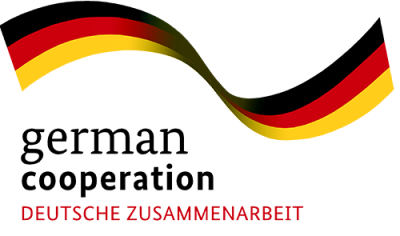

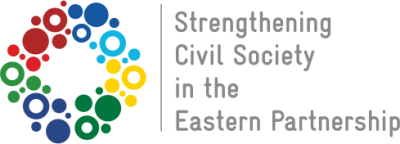


 Русский
Русский  Română
Română 
